Table of Contents
The Montenegrin flag, also known as the flag of Montenegro, holds deep historical and cultural significance for the nation. It represents the identity, struggles, and aspirations of the Montenegrin people. In this article, we will explore the intriguing aspects of the Montenegrin flag, including its design, symbolism, and historical background.
The Montenegrin flag features a red field with a golden border and a golden coat of arms at the center. The red color symbolizes courage and strength, while the golden elements represent prosperity and heritage. The coat of arms includes a double-headed eagle, which holds historical significance in Montenegrin culture, symbolizing sovereignty and unity.
Montenegrin Flag: Eagles and Heritage
- The design of the Montenegrin flag features a red field with a golden border and a centrally placed coat of arms.
- The coat of arms prominently displays a golden double-headed eagle, symbolizing Montenegro’s historical continuity and strength.
- The red color signifies courage and valor, while the golden elements represent prosperity and the rich cultural heritage of Montenegro.
- The flag was officially adopted on 13 July 2004, marking Montenegro’s restoration of independence and sovereignty.
- The ideology of the flag reflects the nation’s dedication to freedom, unity, and cultural heritage, embodying the spirit of Montenegro’s historical resilience and commitment to its values.
Flag of Montenegro
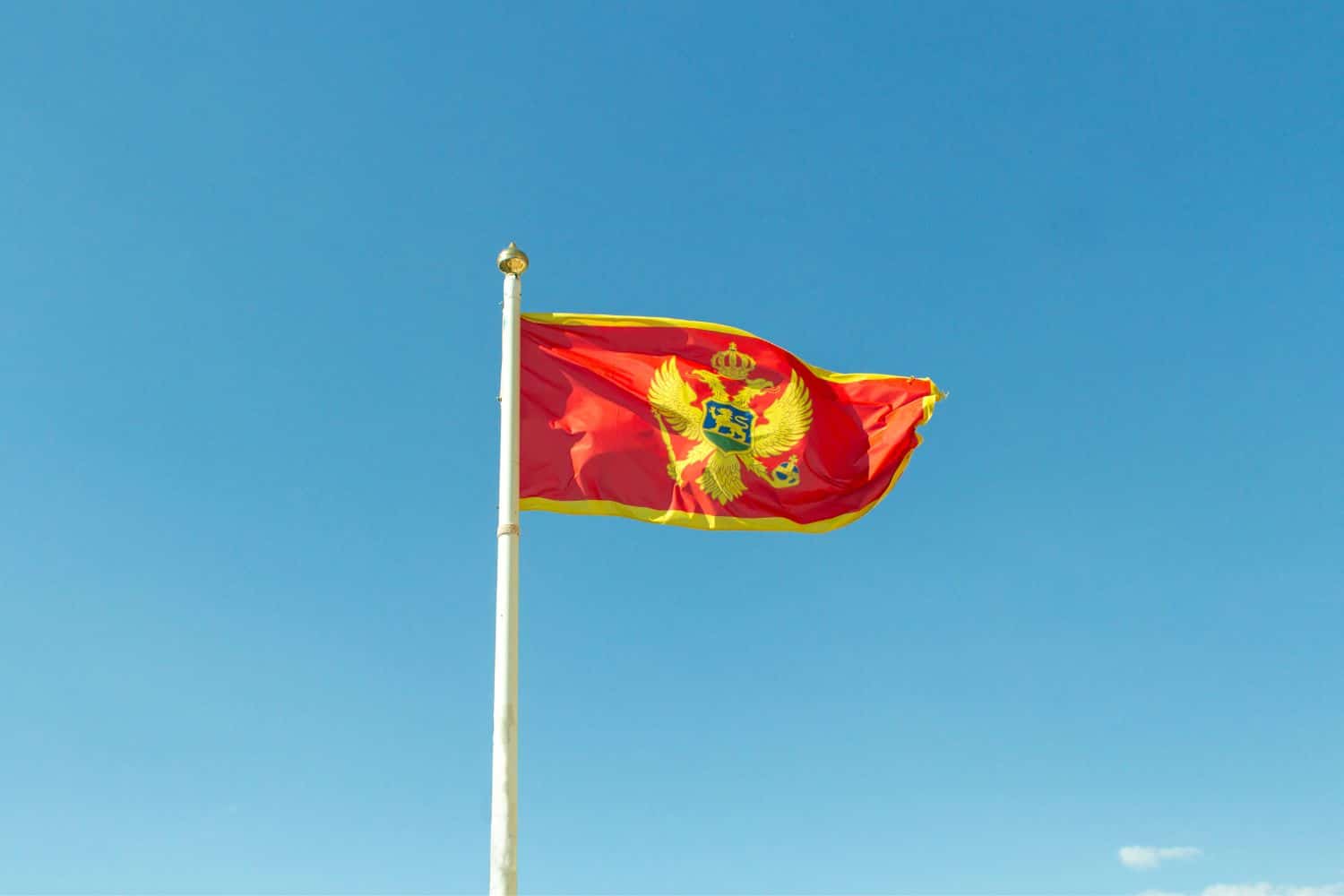
The flag of Montenegro is a profound emblem that encapsulates the essence of the nation’s identity and spirit. It features a vibrant red background with a golden border and a double-headed eagle positioned at the center. The red color symbolizes courage and strength, reflecting the boldness and resilience of the Montenegrin people. The golden elements, including the eagle, signify prosperity and unity, illustrating Montenegro’s rich history and cultural diversity. The double-headed eagle holds historical significance, symbolizing sovereignty and the nation’s royal heritage.
The history of the Montenegrin flag is deeply intertwined with the country’s enduring traditions and struggles for independence. Officially adopted on July 13, 2004, the flag embodies the unity and aspirations of Montenegro’s population.
Beyond its visual representation, the Montenegrin flag carries profound symbolic meanings. Its colors and symbols resonate with the values and aspirations of the Montenegrin people, portraying courage, unity, and sovereignty. The double-headed eagle, a powerful symbol in Montenegrin history, reflects the nation’s cultural pride and serves as a testament to its resilience and unity.
National Flag Etiquette and Protocol
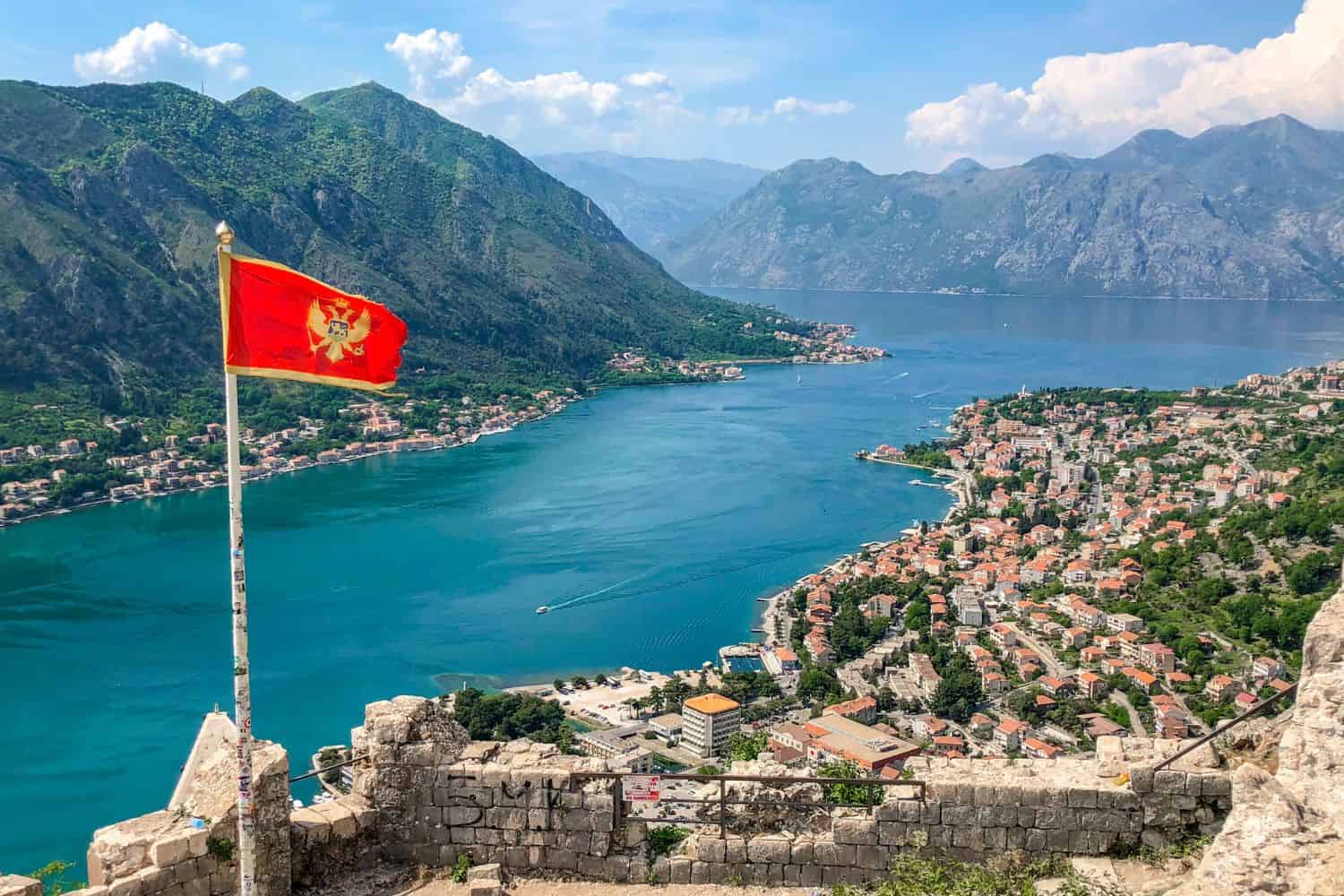
Maintaining the proper use and display of the Montenegrin flag is crucial. Understanding the etiquette involved in handling the flag, particularly during national ceremonies and events, is essential. It is important to be knowledgeable about the rules governing the handling, hoisting, and lowering of the flag. Additionally, one must understand the correct procedures for retiring or managing damaged flags to ensure they are treated with the respect they deserve.
- Proper Handling: It is essential to handle the Montenegrin flag with care and reverence, ensuring it does not touch the ground or floor. The flag should always be held upright and should never be dragged along any surface.
- Hoisting and Lowering: The flag should be hoisted briskly and lowered ceremoniously. Typically, the flag is hoisted at sunrise and lowered at sunset, with adjustments made as per specific guidelines or the occasion at hand.
- Displaying the Flag: When displaying the flag, ensure the red field is at the top with the golden coat of arms positioned centrally. It should be allowed to fly freely without any entanglement or obstruction.
- Half-Staff: On designated days of remembrance, national tragedies, or during the passing of prominent figures, the flag should be flown at half-staff as a mark of mourning or respect, following directives from relevant authorities.
- Flag Retirement: When the Montenegrin flag becomes damaged or worn out, it should be retired with dignity and respect. This may involve a solemn burning ceremony, conducted in accordance with proper guidelines and local regulations.
- Flag Size and Placement: The size of the flag displayed should be proportional to the flagpole or display area. It is advisable to adhere to advice from local authorities or guidelines for specific details on flag size and placement.
- Respectful Disposal: If burning is not feasible for flag retirement, the flag should be disposed of respectfully. This can include burial or handing it over to authorized organizations specializing in flag disposal.
Interesting Facts and Trivia
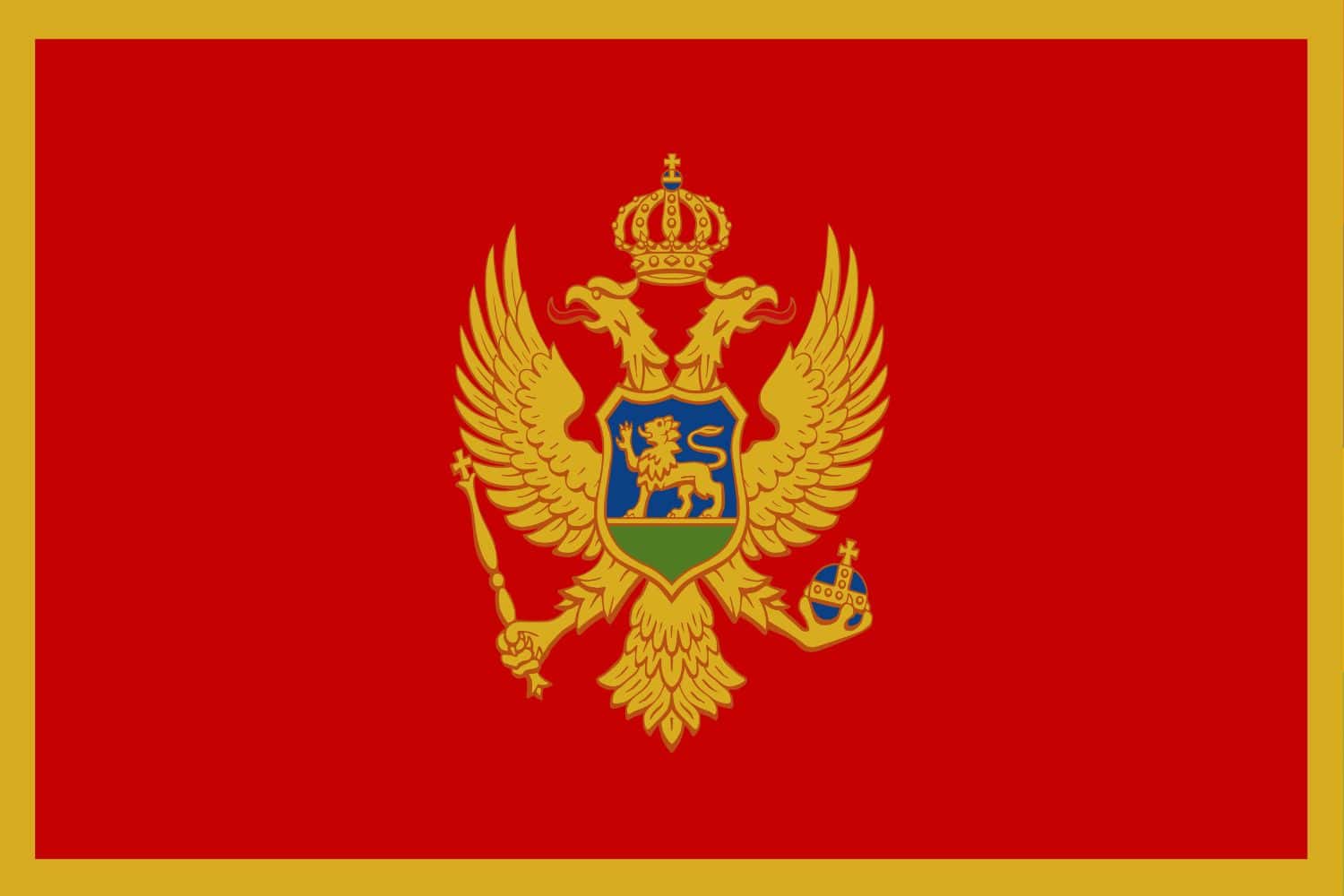
Explore a journey through captivating facts and lesser-known trivia about the Montenegrin flag. Delve into unique elements woven into the flag’s design, each carrying deep symbolism. Discover anecdotes of notable incidents or events involving the flag, influencing Montenegro’s historical narrative and national ethos.
Rich Tapestry of History
- 2004: The current flag of Montenegro is officially adopted on July 13, reflecting the unity and aspirations of the Montenegrin people.
- Colors and Symbolism: The red background signifies courage and sacrifice, reflecting Montenegro’s historical struggles and resilience. The golden lion passant on the coat of arms symbolizes strength, sovereignty, and dignity.
- Coat of Arms: The golden lion passant at the center of the flag represents Montenegro’s monarchy and historical heritage, embodying its enduring spirit and royal lineage.
- National Identity: The flag encapsulates Montenegro’s rich history, cultural legacy, and its ongoing journey towards unity, progress, and cultural preservation.
These historical insights illuminate pivotal moments in the history of the Montenegrin flag, underscoring its role in shaping Montenegro’s national identity and symbolizing its resilience and aspirations over the centuries.
Flag-Related Symbols and Emblems
A flag is not the sole representation of a nation’s identity. Discover additional national symbols and emblems closely associated with Montenegro, delving into their significance and how they connect with the flag. Explore their historical and cultural origins, enriching your understanding of Montenegro’s heritage. It’s convenient to travel and embark on a tour of Montenegro to explore its premier destinations.
Symbolisms of the Montenegrin Flag
The flag of Montenegro incorporates several symbolic elements that embody the nation’s history, values, and aspirations. Here are the symbolisms of the Montenegrin flag presented in itemized form:
- Red Color: Represents the bravery and sacrifices of Montenegro’s people throughout its history, symbolizing their resilience and determination.
- Golden Lion Passant: A historical emblem dating back to the medieval times of Montenegro, signifying courage, strength, and independence.
- Coat of Arms: Reflects Montenegro’s historical legacy, cultural richness, and unity among its diverse communities.
- National Identity: The flag serves as a unifying symbol for the Montenegrin people, reinforcing their shared heritage and cultural identity.
- Aspirations: Through its design and elements, the flag embodies the aspirations and values of Montenegro, including courage, strength, independence, and tradition.
These symbolisms within the flag contribute to Montenegro’s strong sense of identity and national pride, reflecting its historical journey and cultural significance.
Flags of Similar Countries or Regions
Exploring the flags of countries or regions neighboring Montenegro offers fascinating insights. Delve into a detailed comparison of these flags, examining their designs, colors, and symbolism. Uncover the historical and cultural ties reflected in these flags, highlighting shared influences and unique identities.
Montenegrin Flag vs Albanian Flag
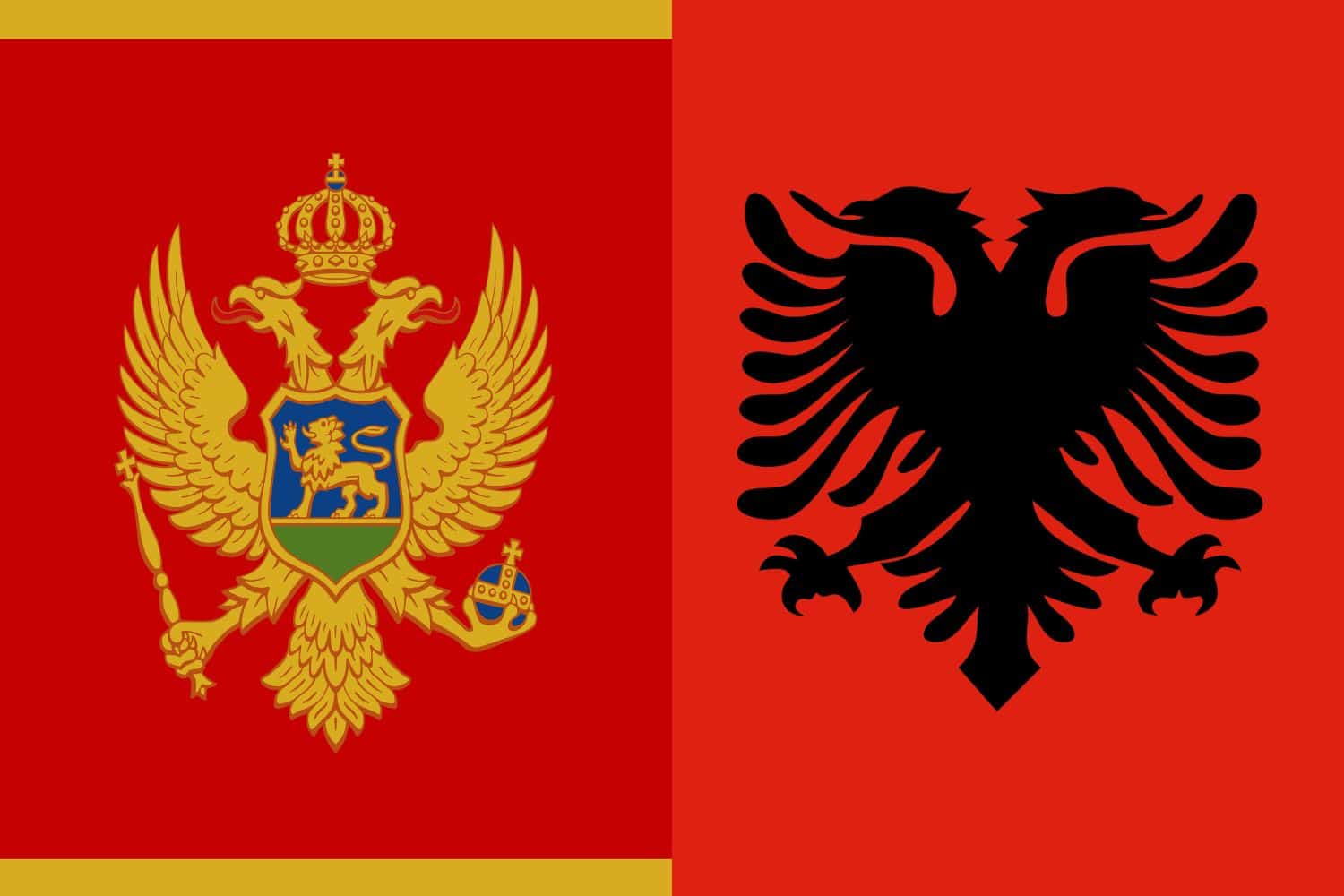
Similarity: Both flags prominently feature the color red.
Difference: The Albanian flag includes a black double-headed eagle in the center of the red field.
Montenegrin Flag vs Croatian Flag
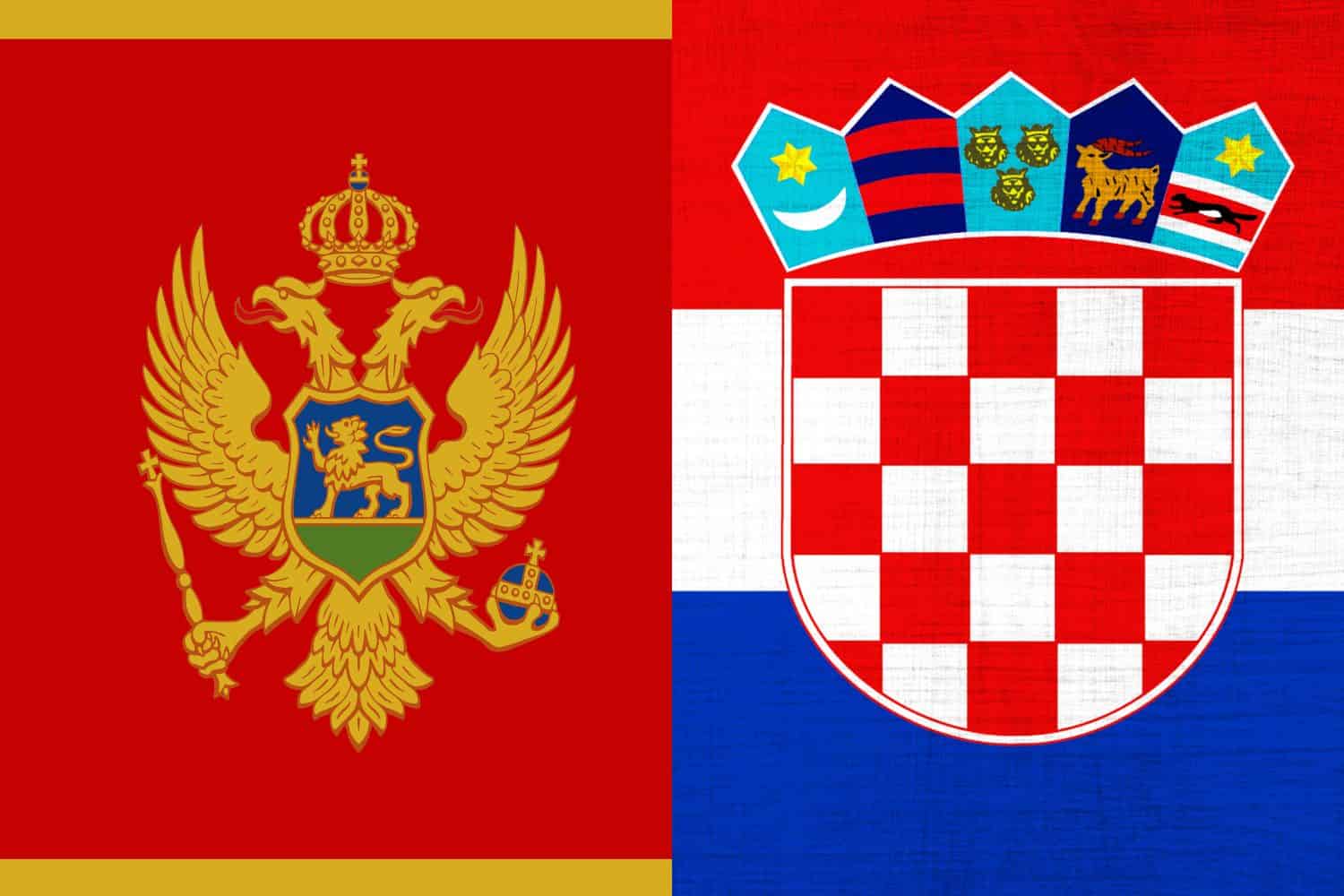
Similarity: Both flags use red prominently.
Difference: The Croatian flag consists of a red-white-blue tricolor with the Croatian coat of arms in the center.
Montenegrin Flag vs Bosnian Flag
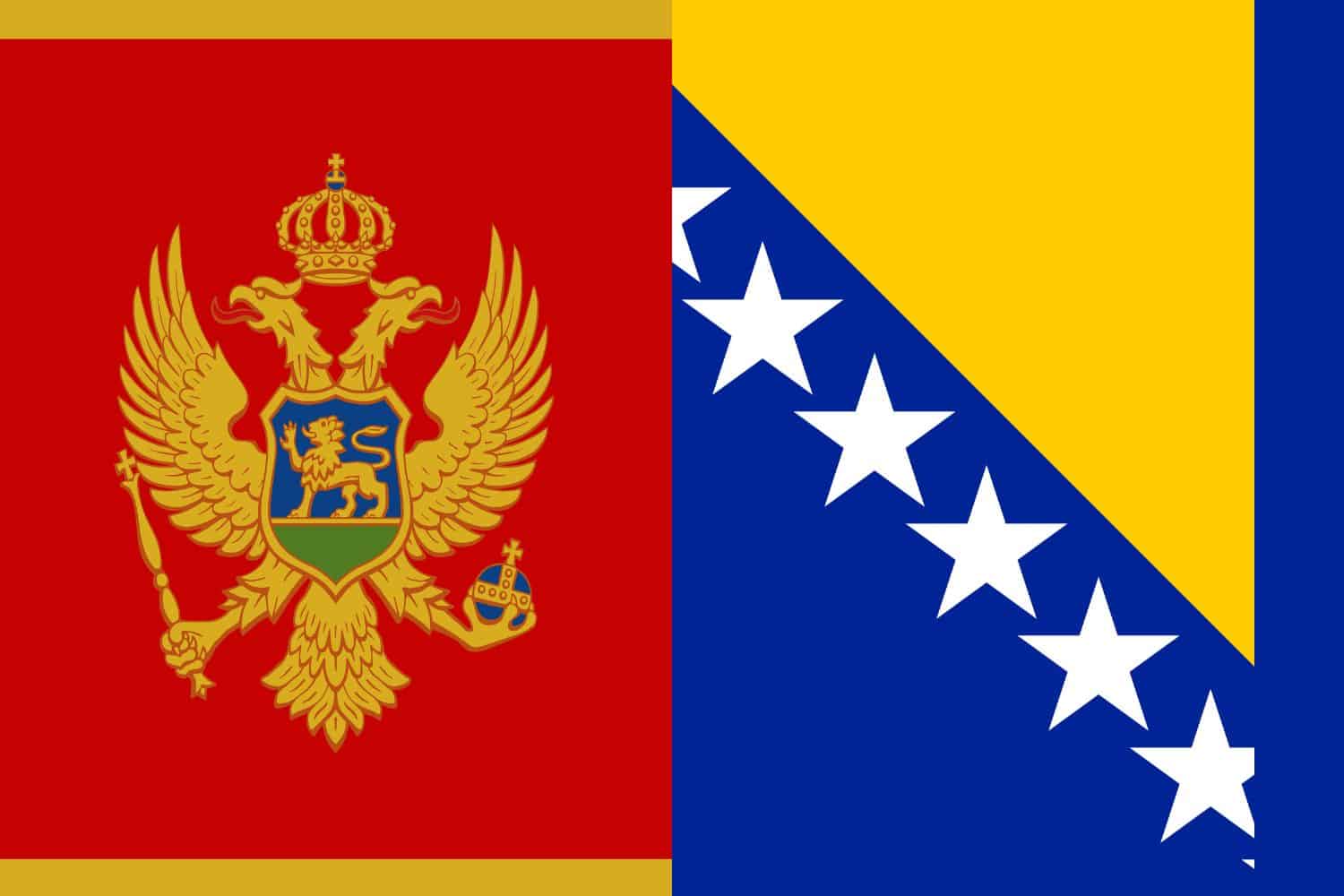
Similarity: Both flags incorporate blue and yellow in their design.
Difference: The Bosnian flag features a blue field with a yellow triangle and stars.
Montenegrin Flag vs Serbian Flag

Similarity: Both flags include red, blue, and white colors.
Difference: The Serbian flag consists of three horizontal stripes of red, blue, and white.
Montenegrin Flag vs Italian Flag
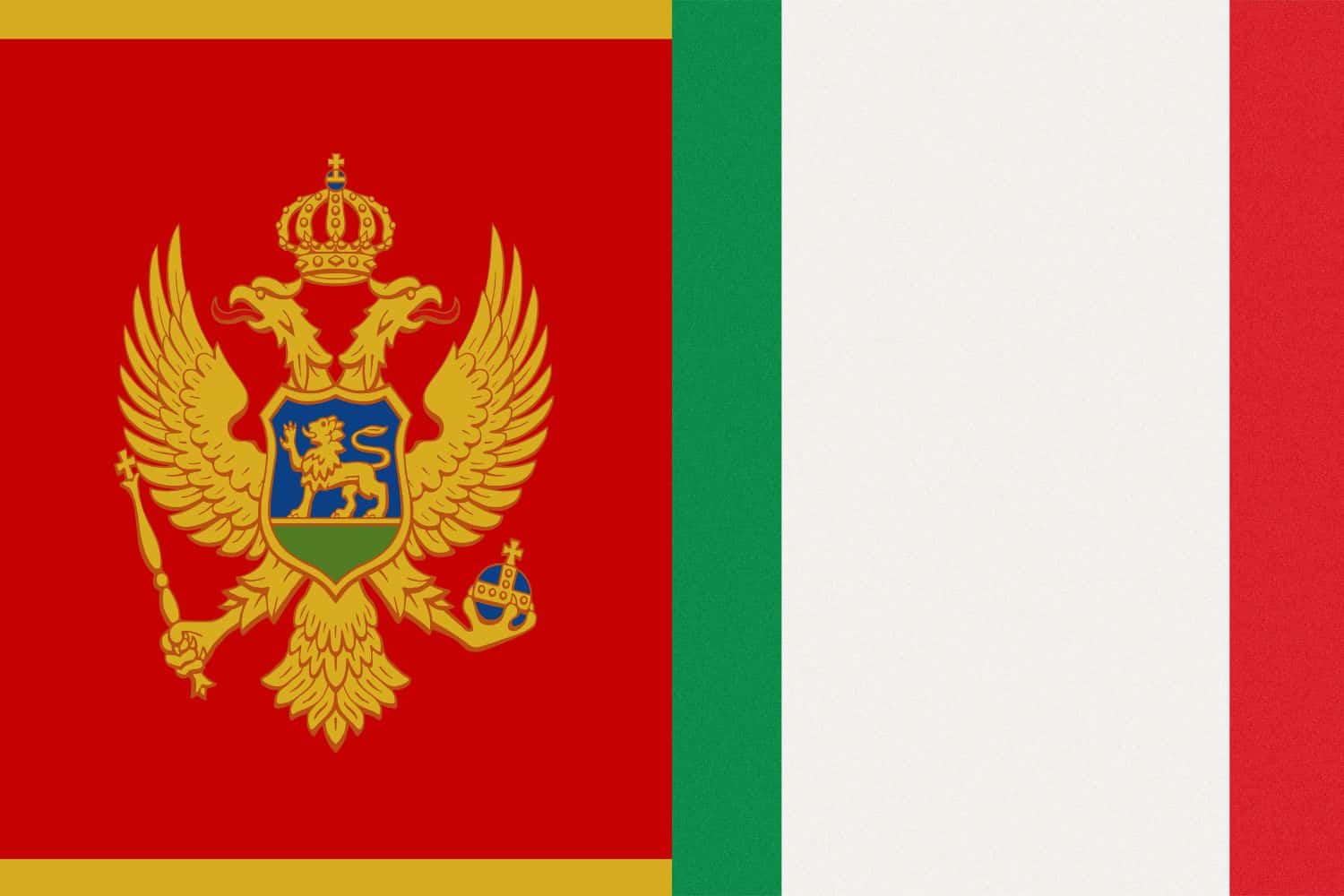
Similarity: Both flags incorporate red, white, and green.
Difference: The Italian flag features three vertical stripes of green, white, and red.
Frequently Asked Questions (FAQs)
Find answers to common questions about the Montenegro flag picture. Learn about its historical background, the meaning behind its elements, and other intriguing facts that satisfy the curiosity of those interested in Montenegro’s flag.
What do the colors of the Montenegrin flag represent?
The red color symbolizes Montenegro’s bravery and strength, while the gold (yellow) represents its wealth and prosperity.
When was the current flag of Montenegro adopted?
The current flag, featuring a red field with a golden border and Montenegro’s coat of arms, was adopted on July 13, 2004.
What is the significance of the coat of arms on the Montenegrin flag?
The coat of arms features a golden double-headed eagle, symbolizing Montenegro’s historical heritage and independence.
Has the design of the Montenegrin flag changed over time?
Yes, Montenegro has had several flags throughout its history. The current design reflects its status as an independent nation.
Are there any laws or regulations regarding the use of the Montenegrin flag?
Yes, the Law on State Symbols of Montenegro governs the proper display and use of the national flag, ensuring respect and dignity.
What occasions is the Montenegrin flag typically displayed?
The flag is prominently displayed during national holidays, official ceremonies, sporting events, and other significant national and international occasions.
Does the Montenegrin flag have any religious or cultural significance?
While primarily a national symbol, the colors and elements of the flag may resonate with Montenegro’s cultural and historical identity.
Who designed the current Montenegrin flag?
The current design was created by the Montenegrin heraldist Predrag Marković.
